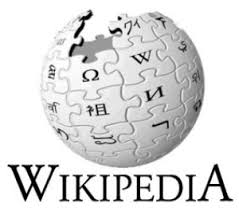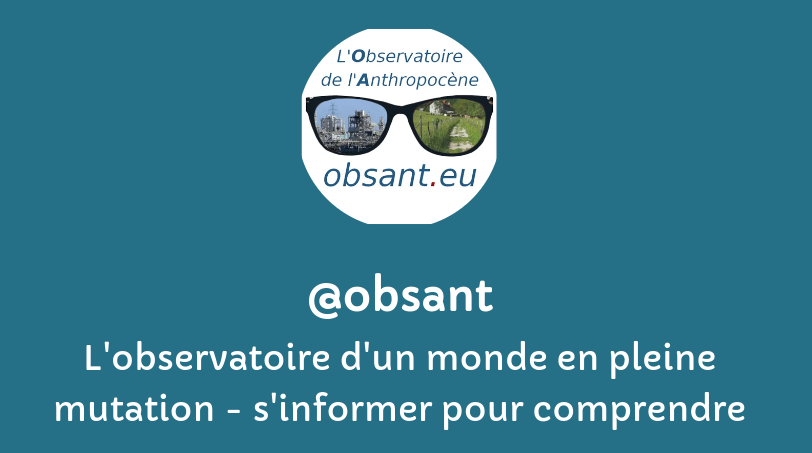« L’urgence est là, nous regardons ailleurs »
filtre:
scientific
2025
Young people will be exposed to a number of heatwaves that no one would have experienced in pre-industrial times. Young people will be exposed to a number of heatwaves that no one would have experienced in pre-industrial times.
No one knows when the next alert or request to save a chunk of US government-held climate data will come in. Such data, long available online, keeps getting taken down by US President Donald Trump's administration. For the last six months or so, Cathy Richards has been entrenched in the response. She works for one of several organisations bent on downloading and archiving public data before it disappears.
A superpower in the fight against global heating is hiding in plain sight. It turns out that the overwhelming majority of people in the world – between 80% and 89%, according to a growing number of peer-reviewed scientific studies – want their governments to take stronger climate action.
Amid President Donald Trump’s attacks on government scientists and science funding, researchers are arranging rallies to “Stand Up for Science” in Washington, D.C., and nationwide on March 7
As of February 22, over twenty Stand Up for Science protests are scheduled for March 7 throughout the United States. The protests are being organized by fellow scientists who are concerned about the Trump administration’s feelings and actions towards science (see Robles-Gil, 2025 in Science), includ
US government stripping funds from domestic and overseas research amid warnings for health and public safety
Human-caused climate change increased the likelihood and intensity of the hot, dry and windy conditions that fanned the flames of the recent devastating Southern California wildfires, a scientific study found. But the myriad of causes that go into the still smoldering fires are complex, so the level of global warming's fingerprints on weeks of burning appears relatively small compared to previous studies of killer heat waves, floods and droughts by the international team at World Weather Attribution. Tuesday's report, too rapid for peer-review yet, found global warming boosted the likelihood of high fire weather conditions in this month's fires by 35% and its intensity by 6%.
2022
As Nobel laureate Solow said to Congress when criticizingeconomicmodelsforfailingtoanticipatethe“GreatReces-sion,” “Every proposition has to pass a smell test: Does itreally make sense?” (2). The methods and conclusions inDietzetal.(1)donotmakesense. ...
A study of healthy volunteers found that the combination of heat and humidity gets dangerous faster than many people realize
Long before the current political divide over climate change, and even before the U.S. Civil War (1861-1865), an American scientist named Eunice Foote documented the underlying cause of today’s climate change crisis. The year was 1856. Foote’s brief scientific paper was the first to describe the extraordinary power of carbon dioxide gas to absorb heat – the driving force of global warming. Carbon dioxide is an odorless, tasteless, transparent gas that forms when people burn fuels, including coal, oil, gasoline and wood.



